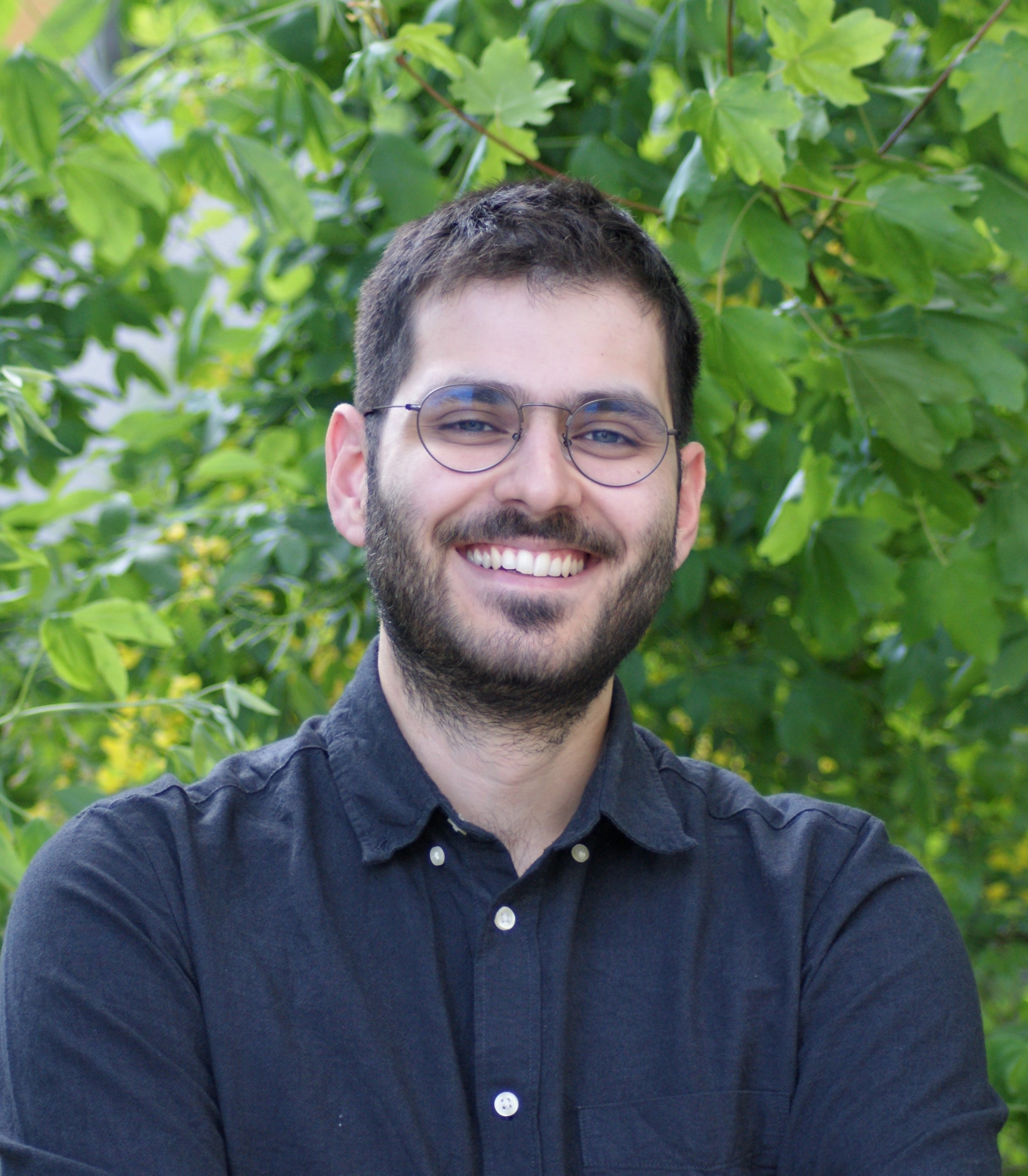Sina Loriani is deputy lead of the Earth Resilience Science Unit (ERSU) at PIK, and leads the ERSU theme on tipping points risks. His work focuses on tipping points, and contributes to the Earth Commission. To this end, he co-led the section on Earth system tipping points in the Global Tipping Points report and is part of the core team setting up the Tipping Points Model Intercomparison Project (TIPMIP) at PIK.
FutureLab / Science Unit
Contact
14412 Potsdam
ORCID
Current position:
- Deputy lead of the newly established Earth Resilience Science Unit (ERSU) at PIK
- ERSU theme lead on tipping points risks
- Project scientist at Tipping Points Model Intercomparison Project (TIPMIP)
- Contributor to the Earth Commission - Quantifying the safe and just corridor for humanity
Researcher:
2021-2024: Postdoc position at Earth Commission working group 1. Quantification of safe and just Earth system boundaries and systematic tipping point assessment. Setup of TIPMIP. Member of the Earth Resilience in the Anthropocene (ERA) lab. Section 1 Co-Lead for the Global Tipping Points Report
2020-2021: Postdoc position at the DLR CARIOQA project, Institute of Quantum Optics. Establishment of a numerical simulator for satellite-based quantum sensing.
2018-2019: Research stays at the theory and metrology group (Prof. Wolf) at SYRTE (Observatoire de Paris) in a collaboration on systematic errors in space-borne quantum experiments.
2017-2020: PhD in physics, Quantum sensing group (Prof. Rasel, Dr. Gaaloul) at the Institute of Quantum Optics (LUH). Specialization on quantum sensors (atom interferometry, clocks) for inertial navigation, geodesy and tests of fundamental physics. Thesis: Atom Interferometry for Tests of General Relativity.
Education:
2014-2016: M.Sc. in physics (LUH). Thesis: Ultracold atomic sources for space-borne atom interferometry.
2011-2014: B.Sc. in physics Leibniz University Hannover (LUH).
- Systematic investigation of tipping points
- Time series analysis of nonlinear systems
- Supporting the work of the Earth Commission WG1
Google scholar ∙ ORCID
 Earth system sciences and tipping points
Earth system sciences and tipping points
- S Loriani et al., Monitoring the Multiple Stages of Climate Tipping Systems from Space: Do the GCOS Essential Climate Variables Meet the Needs?, Surveys in Geophysics (2025)
- I Nadeem et al., Permafrost Thawing and Estimates of Vulnerable Carbon in the Northern High Latitude, Earth Systems and Environment (2024)
- J Gupta et al., A just world on a safe planet: a Lancet Planetary Health–Earth Commission report on Earth-system boundaries, translations, and transformations, The Lancet Planetary Health (2024)
- S Bathiany et al., Ecosystem Resilience Monitoring and Early Warning Using Earth Observation Data: Challenges and Outlook, Surveys in Geophysics (2024)
- M Drüke et al., The long-term impact of transgressing planetary boundaries on biophysical atmosphere–land interactions, Earth System Dynamics (2024)
- T M Lenton, D I Armstrong McKay, S Loriani, J F Abrams, S J Lade, J F Donges, M Milkoreit, T Powell, S R Smith, C Zimm, J E Buxton, E Bailey, L Laybourn, A Ghadiali, J G Dyke (eds), 2023, The Global Tipping Points Report 2023. University of Exeter, Exeter, UK.
- B Stewart-Koster et al., Living within the safe and just Earth system boundaries for blue water, Nature Sustainability (2023)
- J Abrams et al., Committed Global Warming Risks Triggering Multiple Climate Tipping Points, Earth's Future (2023)
- J Rockström et al., Safe and just Earth system boundaries, Nature (2023)
- T Lenton, C Xu et al., Quantifying the human cost of global warming, Nature Sustainability (2023)
- N Wunderling et al., Global warming overshoots increase risks of climate tipping cascades in a network model, Nature Climate Change (2022)
- D I Armstrong McKay et al., Exceeding 1.5°C global warming could trigger multiple climate tipping points, Science 377, 6611 (2022)
Quantum sensing
- C Struckmann et al., Platform and environment requirements of a satellite quantum test of the weak equivalence principle at the 10−17 level, Physical Review D (2024)
- P Wolf and the STE-QUEST consortium, STE-QUEST: Space Time Explorer and QUantum Equivalence principle Space Test, arxiv.org/abs/2211.15412 (M-class mission proposal in response to the 2021 call in ESA’s science programme)
- I Alonso et al., Cold atoms in space: community workshop summary and proposed road-map, EPJ Quantum Technology 9, 30 (2022)
- F Anders et al., Momentum Entanglement for Atom Interferometry, Physical Review Letters 127, 140402 (2021)
- B Battelier et al., Exploring the foundations of the physical universe with space tests of the equivalence principle, Experimental Astronomy (2021)
- S Loriani et al., Resolution of the Co-Location Problem in Satellite Quantum Tests of the Equivalence Principle. Physical Review D 102, 124043 (2020)
- R. Corgier et al., Interacting quantum mixtures for precision atom interferometry. New Journal of Physics 22, 123008 (2020)
- B Canuel et al., ELGAR - a European Laboratory for Gravitation and Atom-interferometric Research. Classical and Quantum Gravity 37, 225017 (2020)
- T Hensel et al., Precision inertial sensing with quantum gases. European Physics Journal D 75:108 (2020)
- S Loriani et al., Interference of clocks: A quantum twin paradox. Science Advances 5:eaax8966 (2019)
- S Loriani et al., Atomic source selection in space-borne gravitational wave detection. New Journal of Physics 21, 063030 (2019)
- Climate Extremes Documentary
- Talk on Wissenschaft fürs Wohnzimmer (in German)
- te.ma interview on tipping points (in German)
- COP27 outreach material for the Earth Commission on climate tipping points
- ZEIT article on climate tipping points (in German)
- CBC article on climate tipping points
- Interview with Welt der Physik on the quantum twin paradox (in German)







